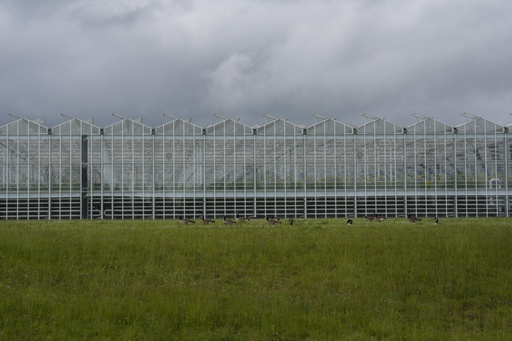Shamim Ahamed and Purvi Tiwari, conducting separate Ph.D. research in greenhouses on opposite sides of the world, were struck by the uncomfortable conditions they faced. Tiwari, a researcher at Indira Gandhi Agricultural University in India, noted the heat-intensifying effect of greenhouses as a significant concern after experiencing symptoms like leg cramps, nausea, and dizziness due to the extreme temperatures inside. Ahamed, now an assistant professor at UC Davis, examined the risks of heat exposure in high-tech greenhouses, studying the impact of measures like shade “skins” on worker comfort.
In the United States, the number of greenhouse and nursery workers has increased by 16,000 in recent years, yet there are no federal heat regulations to protect these workers. The rise in greenhouse workers and the lack of research on their working conditions have prompted academics like Tiwari and Ahamed to study the unique challenges faced by individuals laboring in these environments.
Addressing the lack of research on greenhouse workers’ experiences, Bharat Jayram Venkat from UCLA’s Heat Lab highlights the importance of considering human health in greenhouse farming practices. With the increasing prevalence of greenhouse farming and the implementation of indoor heat regulations in states like California, there is a growing interest in studying the impact of heat on workers.
Jennifer Vanos, an associate professor at Arizona State University, has researched the effects of extreme heat on agricultural workers’ productivity. Her findings suggest that as temperatures rise, workers become less productive, which could lead to economic implications such as decreased crop yields and the need for more laborers. Detecting signs of heat stress like heavy sweating, cramps, and a fast heart rate is crucial in preventing heat-related illnesses.
Tiwari’s research in India revealed that greenhouse workers have significantly higher working heart rates compared to those in open fields, emphasizing the need for measures to mitigate heat stress in these environments. Ahamed underscores the scarcity of research focusing on greenhouse workers in the U.S. and the challenges in obtaining reliable data due to the diversity of greenhouse technologies in use.
As researchers strive to fill the gaps in understanding the impacts of heat in greenhouse settings, the push for standardized regulations and safety procedures to protect workers remains essential. The varying greenhouse technologies used present a challenge in implementing universal standards, but Ahamed believes tailored protocols based on specific greenhouse types could be a viable solution moving forward.


